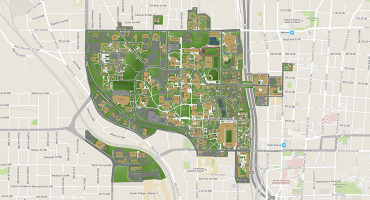Alberto Stolfi, PhD
School of Biological Sciences
Georgia institute of Technology | LIVESTREAM
The adaptive radiation of our vertebrate ancestors likely depended on an increase in the complexity of their brains and motor units. Our research is focused on the molecular basis of neuromuscular development and function in our closest non-vertebrate relatives, the tunicates. Most tunicates live a “biphasic” life cycle that alternates between a swimming larva and a sessile, filter-feeding adult. We have revealed some of the gene regulatory networks that specify different larval motor and sensory neuron subtypes, some of which are proposed homologs of neurons found in vertebrate nervous systems. We have also identified specific cell types required to trigger larval settlement and metamorphosis in response to environmental cues, as well as neural stem cells that give rise to post-metamorphic neurons, after the pre-programmed elimination of the larval nervous system. Finally, we also show that the formation of multinucleated muscles specifically in adult tunicates requires post-metamorphic activation of the conserved muscle fusion factor Myomaker, indicating that this important gene arose in the last common ancestor of tunicates and vertebrates. Our findings have not only refined prevailing models of chordate and vertebrate evolution, but have also provided insights into basic principles of chordate neuromuscular development.
Host By: Dr. Greg Gibson
Event Details
Location:
Roger A. and Helen B Krone Engineered Biosystems Building, 950 Atlantic Drive, Atlanta, GA 30032, Room 1005
Extras:
Free Food
For More Information Contact
For all questions and concerns please contact us at administrative@biosci.gatech.edu



